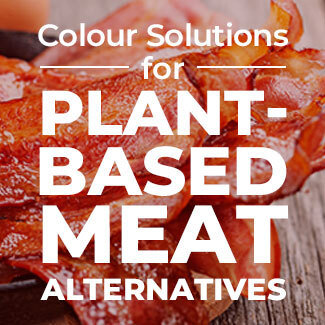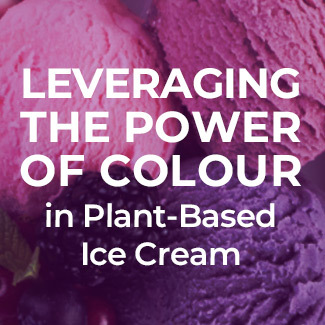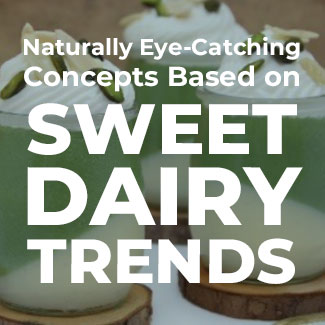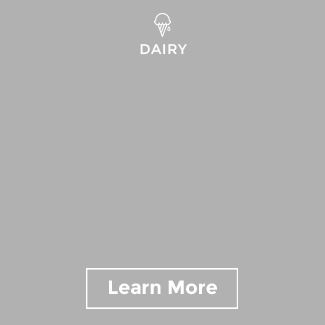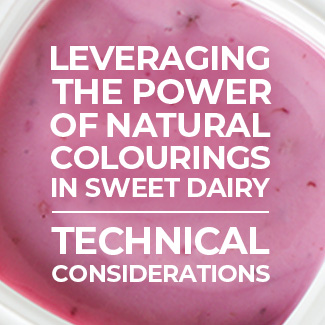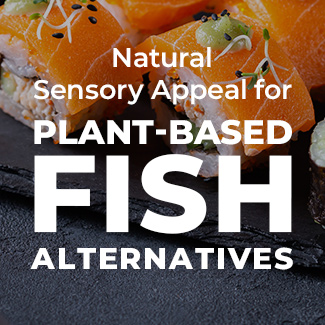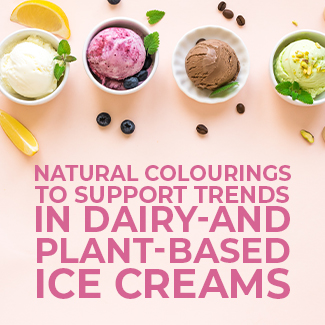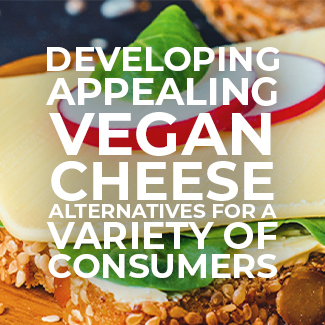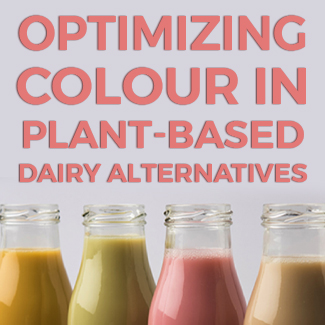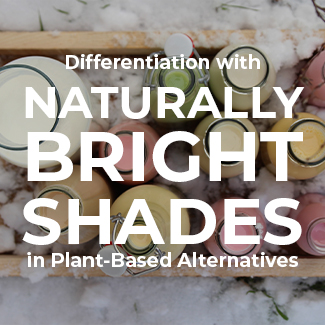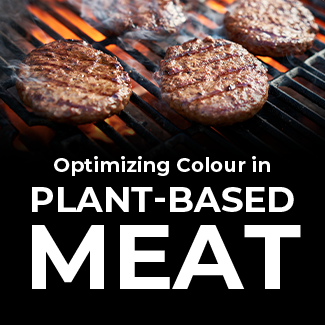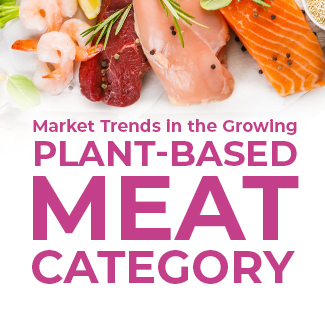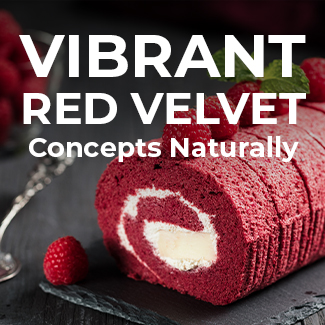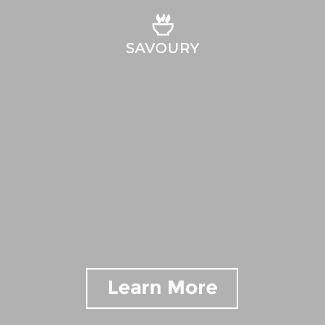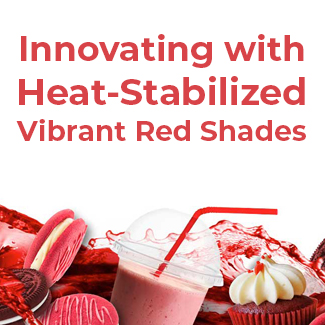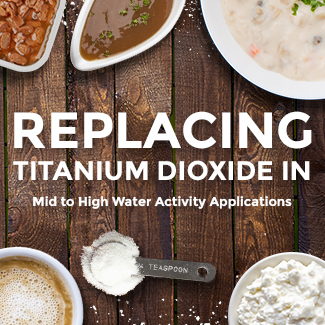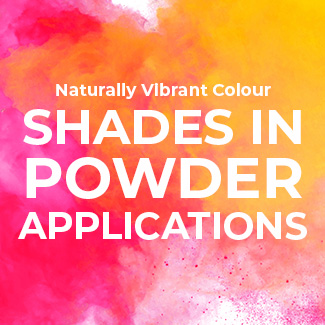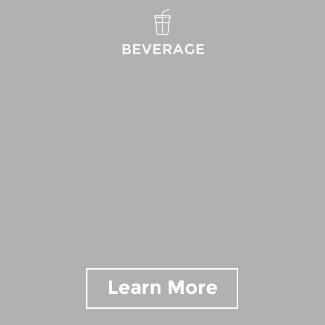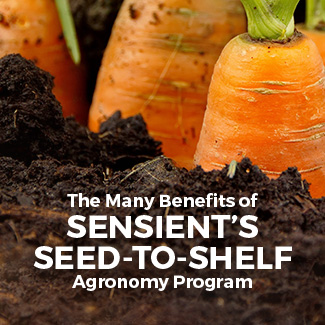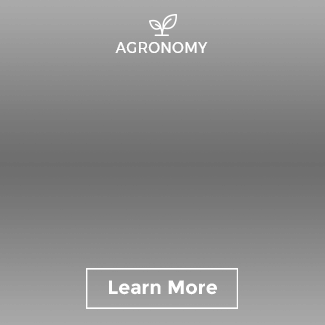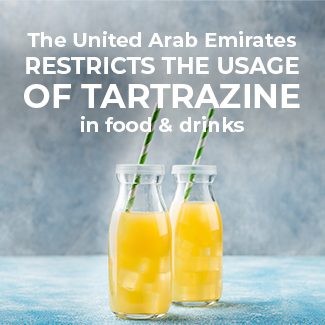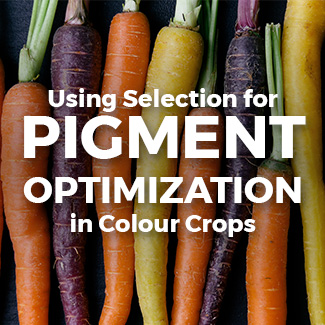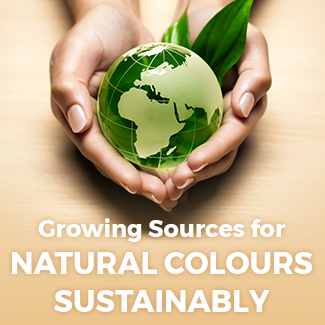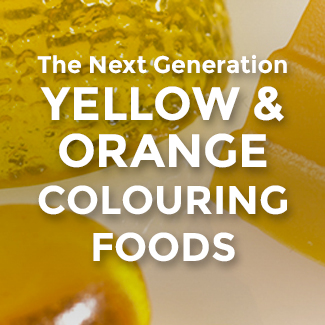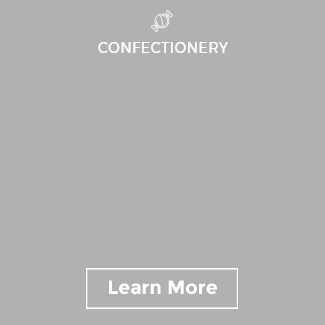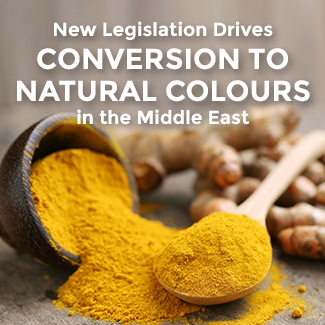Natural Colouring for Plant-Based Dairy & Cheese Alternatives
The Plant-Based Dairy Alternative Market is Surging
Consumers reducing their meat consumption or seeking alternatives to animal-derived food is not a completely new phenomenon. In our 2018 Food Colour Predictions blog we already noted “The Reign of Plant-Based Alternatives” with consumers showing strong interest in more plant-centric diets. The plant-based movement has tremendous momentum steadily gaining popularity worldwide.

The growing interest in plant-based alternatives is so prevalent, because vegetarian and vegan diets are on trend. In 2020 a record 400,000 people worldwide signed up to the Veganuary movement and aimed to go vegan for the first month of the year. At the same time, a majority of consumers prefer a more flexitarian lifestyle: whilst consuming animal products, they are also highly interested to incorporate more vegetarian foods in their diet overall. To meet the growing consumer demand companies are expanding their offer of plant-based alternatives. The depth of assortment on plant-based meat substitutes grows, whilst many seek a breadth of assortment stretching into other originally animal-derived products. With dairy alternatives in focus, according to the Vegan Society, the dairy alternatives market was valued at 16bn USD globally in 2019 and is expected to cross 40bn USD over the next 5 years.
Regardless of whether it is plant-based yoghurts, dairy-alternative drinks, or vegan cheeses, the success of these segments heavily relies on concepts that offer a dairy-free profile combined with a great sensory experience and without any compromise on taste. The majority of plant-based cheese consumers also consume traditional cheese, reinforcing the importance of delivering a true-to-dairy experience (Kerry 2020).
Understanding the Correlation between Taste and Colour
Colour is an extremely important driver of product appeal and taste expectation. Sensient consumer research has validated that a certain colour intensity is raising consumers’ impression and expectation of a more tasty and flavourful product. In dairy drinks tested, colouring was responsible for lifting both purchase intent and overall liking scores significantly.
Colour increases purchase intent and liking, while flavour can prompt new impulse purchases. For example, Mintel reports that a new flavour will prompt more than half of European consumers to buy a particular yoghurt. To stay ahead, brands in the plant-based dairy segment are innovating with novel flavours and ingredients to leave a memorable impression on consumers. It may be a limited edition blackcurrant & lavender flavoured black yoghurt, a pear-vanilla flavoured oat drink, or a gourmet vegan cheese with chilli & pepper. Brands are able to differentiate through a unique combination of flavour and colour profiles. Using colouring foods and natural colours is a great way to bring new, exciting flavours to life, whilst maintaining a plant-based and vegetarian or vegan ingredient list.
Natural Colouring Solutions for Dairy & Cheese Alternatives
Starting with visual appeal through attractive dairy colour hues and formulating with natural colouring in dairy-free alternatives, there are a few technical considerations to keep in mind:
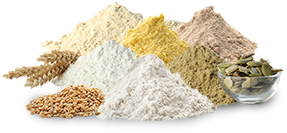
BASE SHADE
Plant and seed flours and oils are common substitutes for milk proteins and unlike dairy milk, they often impart a beige or tan hue. Depending on the starting colour of the base, we can provide highly concentrated colours or tailored blends to help achieve a familiar colour. Colour experts are able to account for the beginning base colour when matching commercially available products.
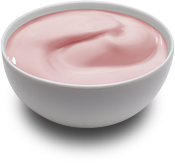
PH VALUE
Have you ever noticed that colour might change with acidity causing a shift from one shade to another? As a colour supplier with a broad colouring food and natural colour portfolio, we can support you with the best solution customized for your application. Where one source shifts in shade due to pH, our expert team is able to provide an alternative with the same hue that works perfectly in the respective end application.

PROCESSING
When choosing a natural colouring solution it is important to take into consideration that typically strong heating and mixing conditions are used in dairy manufacturing. Therefore process-specific advice from our colour experts can support you in formulating with the right colouring foods and natural colours that have been developed specifically for use with high heat and severe processing.

PACKAGING
Transparent packaging allows products to stand out creating visual appeal for consumers. Some natural colouring is popular for its strength and vivid yellow hues, but fades due to light exposure over time. These solutions are unsuitable for use with clear product packaging where the cheese substitute is susceptible to harsh store lighting conditions. Fortunately, there are other natural sources like beta-carotene and paprika that provide beautiful yellow cheese shades.
The abundance of flavour opportunity in dairy alternatives is causing our team of experts to be inspired. Check out some of our ideas:
Concept:
Colour Solutions:
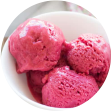
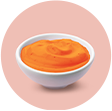
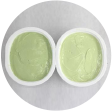


Mature Cheddar Alternative
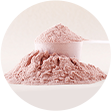
Have we caught your attention? Is there any colour shade that you would like to discover more about? Request samples of any shade here. If you have any questions or would like to set up a meeting to talk about natural colouring solutions, please reach out—we love to talk colour!







